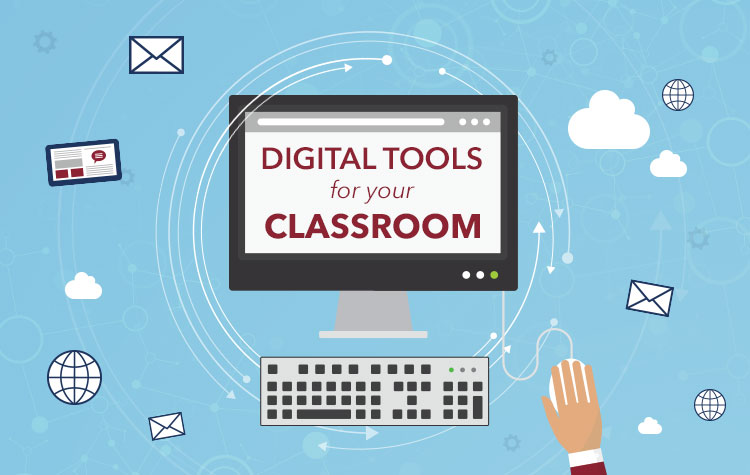
Digital tools have had a significant impact in reshaping the way history is taught and learned. They have made historical information more accessible, interactive, and engaging. Digital tools enable teachers to create personalized and adaptive learning experiences catering to their students’ diverse needs and learning styles. The tools have also allowed for collaborative and interdisciplinary projects, such as research projects, that have connected students with scholars, educators, and other students from around the world.
In Week 8, we discussed digital storytelling. Those readings show how personal a teacher can make teaching history through digital tools. They can add important photos or videos that they find interesting and ones that they think will be most important for their students and their learning journey. It is interactive and engaging instead of simply learning from a textbook or lectures. A quote that stuck out to me in the reading by Julie de Chantal was, “As instructors, we try to find new and original ways to make history more engaging to our students, to foster connections to source material, and to show that the skills developed through the study of history are transferable to nearly all disciplines.” Something that I want to do as a teacher as well as help others realize is that skills learned through the study of history can be used in many different aspects. You learn without even realizing it. It also further proves that history is not just facts and shows the true importance behind it. Digital storytelling and using tools allow for students to see past the facts and learn in more interactive ways.
An example of digital storytelling that we used in class was through a tool called Omeka. My group focused on North Carolina Regional Food and did six collections with ten items. The website was extremely easy to figure out and use as well as make it our own and personalized. The collections and items are interactive and we even included a map with hyperlinks to continue the theme of interactivity. In Week 2, we discussed Omeka which was long before we actually began using the tool. In the article by Jeff W. McClurken, he discusses how getting his students to create for a larger audience besides the class reminded me of our class. He says, “…it works to create opportunities for students to become “critical practitioners” of digital media rather than passive consumers or users.” which is exactly how this class felt because I plan to use and incorporate Omeka when I teach and as I continue my education journey.


Above are screenshots of the Omeka website my group created.

Another digital tool that I found to be useful and want to incorporate in my future is a website called Thinglink. It is one of the more interactive ones that I have been introduced to and I think it is very effective in teaching students. It is easy to use and figure out as well as have multiple students work on it at once. Thinglink can be personalized and teaches students through pictures and helps them learn the skill of sourcing and analyzing a document. I think it is one of the tools where the students learn a lot without realizing it because it can be such an engaging tool. To the left is an example of one that I made for my lesson plan.
Overall, digital tools have revolutionized the way we teach and learn history today. Technology has evolved in many ways and we must evolve with it because it is not going anywhere. Digital tools have opened a world of new possibilities for exploration, discovery, and innovation and it is exciting to see how it will continue to reshape history in the classroom.
Citations
Jeff W., McClurken. “Teaching and Learning with Omeka: Discomfort, Play, and Creating Public, Online, Digital Collections | Learning Through Digital Media | MediaCommons Press.” Accessed May 8, 2023. https://mcpress.media-commons.org/artoflearning/teaching-and-learning-with-omeka/.
Make Interactive Lessons with Sutori, 2021. https://www.youtube.com/watch?v=pFdp76EvROM.
Sutori. “Teacher Tutorial,” April 22, 2015. https://www.sutori.com/en/story/teacher-tutorial–TyRfCRgfCyi2y3trphFMvJKi.